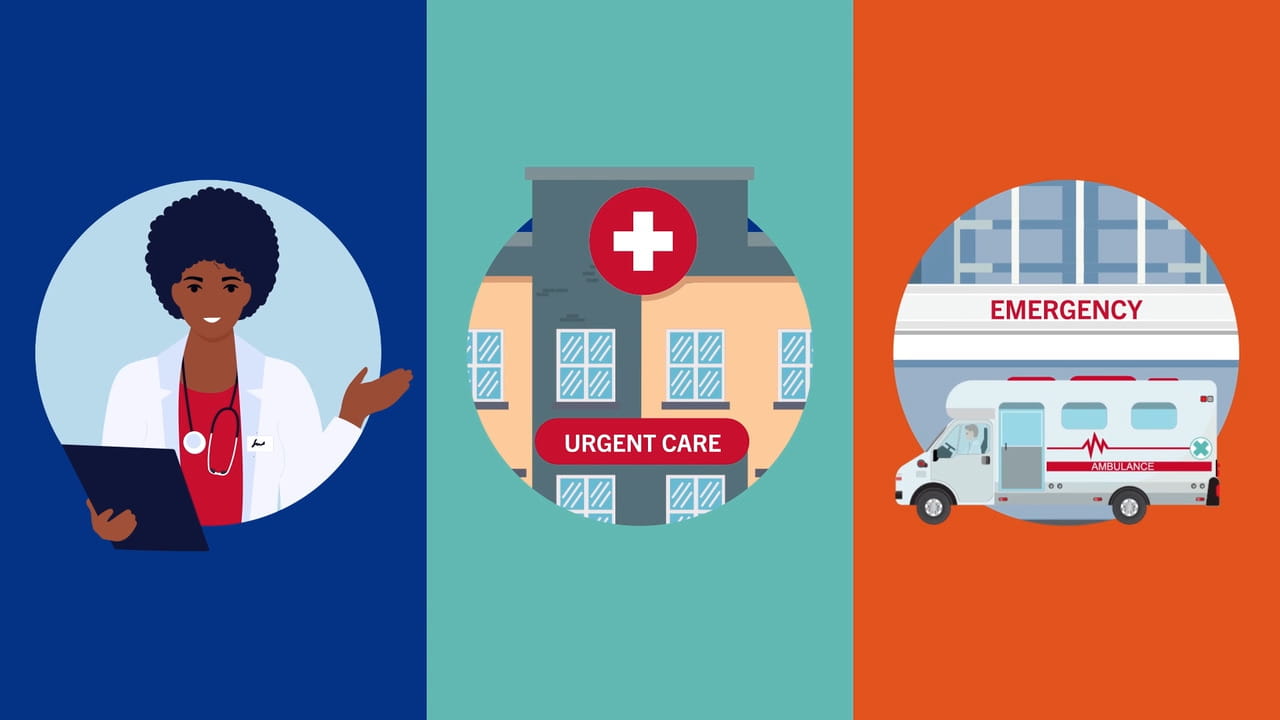How Urgent Care Facilities Can Save You Money And Time
How Urgent Care Facilities Can Save You Money And Time
Blog Article
Comprehending the Relevance of Urgent Treatment Solutions for Non-Life-Threatening Medical Issues
The relevance of immediate treatment services for non-life-threatening medical issues can not be overemphasized, particularly in today's medical care landscape. These facilities offer an important option for people looking for punctual interest for problems that call for prompt care yet do not require a check out to the emergency clinic. By understanding the benefits of urgent treatment, such as minimized wait times and cost performance, one can better value their function in person health management. The nuances of how to navigate these solutions effectively continue to be to be checked out, elevating questions regarding their optimal utilization.
What Is Urgent Care?
Urgent care refers to a group of clinical solutions created to deal with non-life-threatening problems that call for prompt interest but do not require a browse through to the emergency area. These facilities give a bridge in between medical care and emergency situation solutions, providing accessible health care alternatives for individuals experiencing acute clinical issues, such as minor fractures, strains, infections, or serious ailments that emerge all of a sudden.

The range of services offered by immediate treatment facilities can vary yet normally consists of treatment for common disorders like colds, flu, and allergic reactions, as well as small injuries (urgent care). In addition, several urgent care facilities offer preventative solutions, such as inoculations and physical examinations, to resolve more comprehensive wellness needs. By using a practical option for urgent clinical problems, these facilities play a crucial role in the health care continuum, making sure that people get appropriate treatment when they require it most
Advantages of Urgent Care Solutions
Lots of people locate that making use of immediate treatment services gives significant advantages over traditional emergency clinic check outs or awaiting a medical care appointment. One primary benefit is the minimized delay times. Immediate treatment facilities normally have shorter delay durations, permitting clients to obtain timely clinical focus when they require it most. This expedited treatment is especially useful for non-life-threatening problems that call for punctual intervention.
Another benefit is the extended hours of operation. Several urgent treatment centers are open nights and weekend breaks, accommodating people that might not be able to see their primary treatment physician during routine office hours. This adaptability makes it much easier for people to access care at their comfort.
In addition, immediate treatment solutions frequently use a cost-efficient alternative to emergency clinic. Patients often deal with reduced co-pays and total costs when seeking therapy for minor ailments at urgent treatment centers instead of medical facility emergency departments.
Finally, immediate treatment centers are outfitted to handle a selection of non-life-threatening concerns, giving a broad series of services under one roofing system. This thorough approach not only enhances link the treatment procedure but also boosts client complete satisfaction by supplying reliable and punctual care.
Usual Conditions Treated
What types of non-life-threatening conditions can clients expect to obtain therapy for at urgent care facilities? Urgent care facilities are equipped to handle a vast selection of typical medical issues that need punctual focus yet do not position an immediate hazard to life. These centers frequently deal with conditions such as minor cracks, strains, and stress, offering vital look after injuries that occur throughout daily activities or sporting activities.
In addition, patients regularly look for therapy for respiratory system infections, including colds, flu, and respiratory disease, where prompt intervention can ease signs and stop problems. Skin conditions such as rashes, insect bites, and minor burns are also commonly dealt with, as prompt care can alleviate pain and reduce the threat of infection.

Contrasting Urgent Care and Emergency Clinic

One significant difference waits times; immediate care facilities commonly have much shorter delay times contrasted to emergency clinic, which can be crowded with more important situations. This performance permits individuals to receive prompt therapy for their ailments.
From an economic viewpoint, immediate care visits have a tendency to be less costly than emergency space brows through. Insurance policy copays and out-of-pocket expenditures are commonly reduced at immediate care centers, making them a more cost-effective choice for non-emergency situations.
How to Pick an Urgent Treatment Center
Picking the right urgent care facility can significantly improve the quality of care gotten during a non-life-threatening clinical problem. When choosing an immediate care center, numerous key variables should be thought about.
First, evaluate the facility's certification and licensing. Look for centers that are accredited by recognized directory companies, as this shows adherence to quality criteria. Next off, assess the variety of solutions provided. Some urgent treatment facilities specialize in particular locations, while others provide extensive look after numerous clinical concerns.
Furthermore, take into consideration the check these guys out area and hours of procedure. A comfortably situated center with prolonged hours can be crucial for prompt care. It's additionally a good idea to examine the facility's delay times and individual evaluations, which can supply understandings into the general patient experience.
Conclusion
In final thought, immediate care services play an essential duty in dealing with non-life-threatening clinical problems successfully. By using instant interest for different conditions, these centers enhance client access to prompt treatment while decreasing the strain on emergency clinic. The advantages of immediate care, including prolonged hours and lower prices, make them a beneficial alternative for individuals looking for punctual therapy. Ultimately, recognizing the relevance of immediate treatment facilities adds to boosted healthcare management and client fulfillment.
Numerous people locate that using immediate care services provides substantial advantages over traditional emergency space brows through or waiting for a primary care visit. Numerous urgent treatment facilities are open evenings and weekend breaks, accommodating individuals who may not be able to see their main treatment physician throughout normal office hours. Immediate care facilities are developed to attend to non-life-threatening problems, such as small cracks, infections, and illnesses, providing a convenient option to emergency spaces for those in demand of instant treatment. Some urgent care centers specialize in specific locations, while others provide extensive care for different clinical concerns.
Report this page